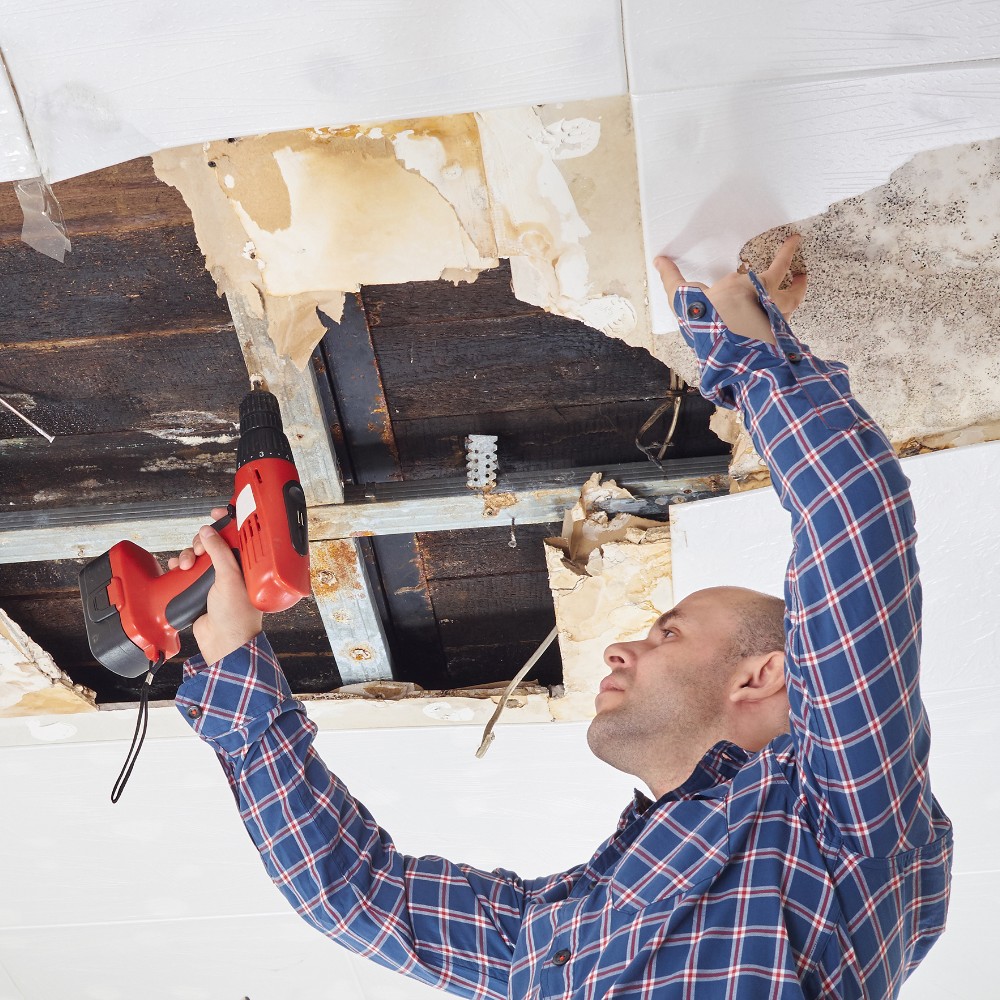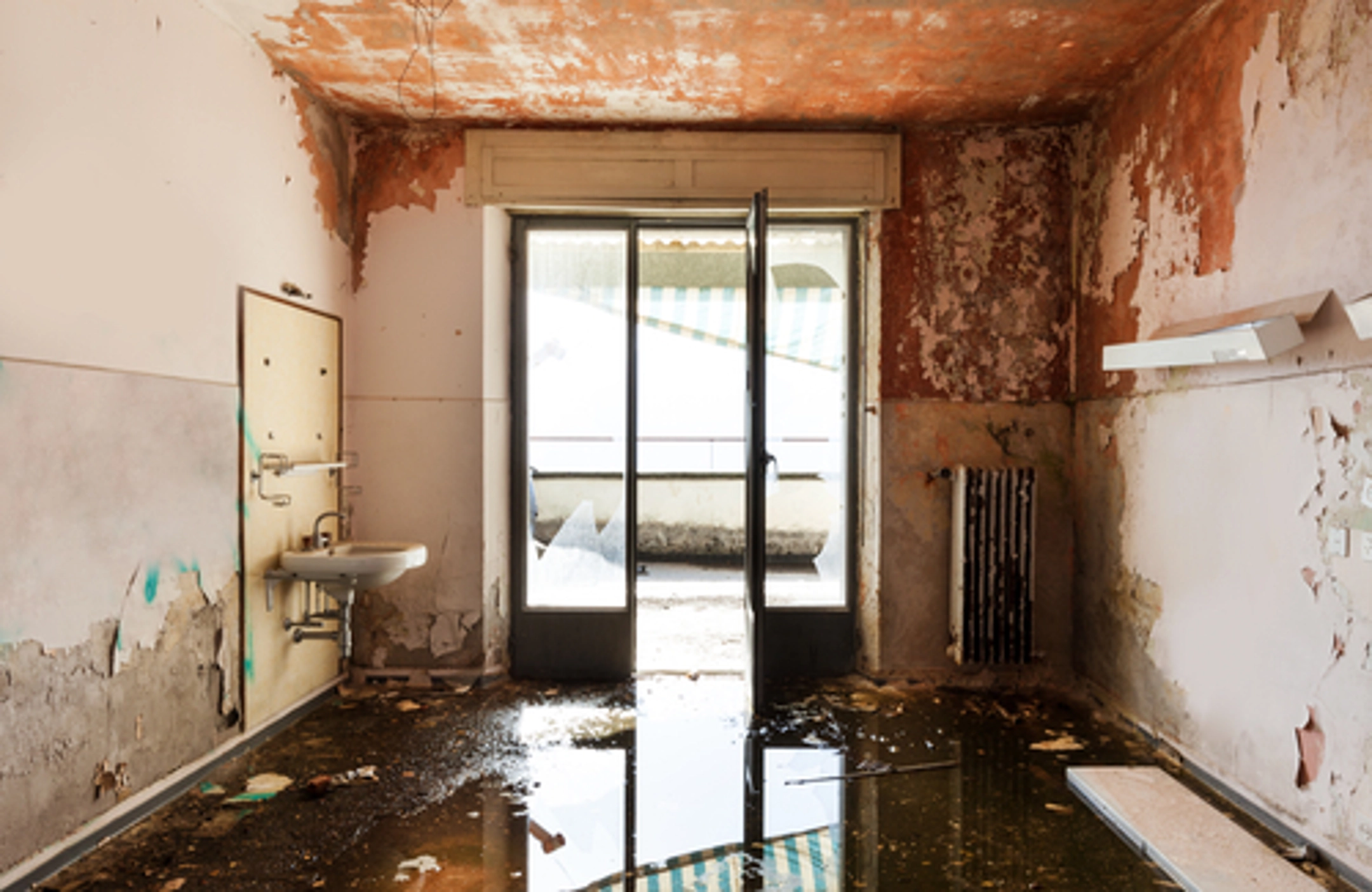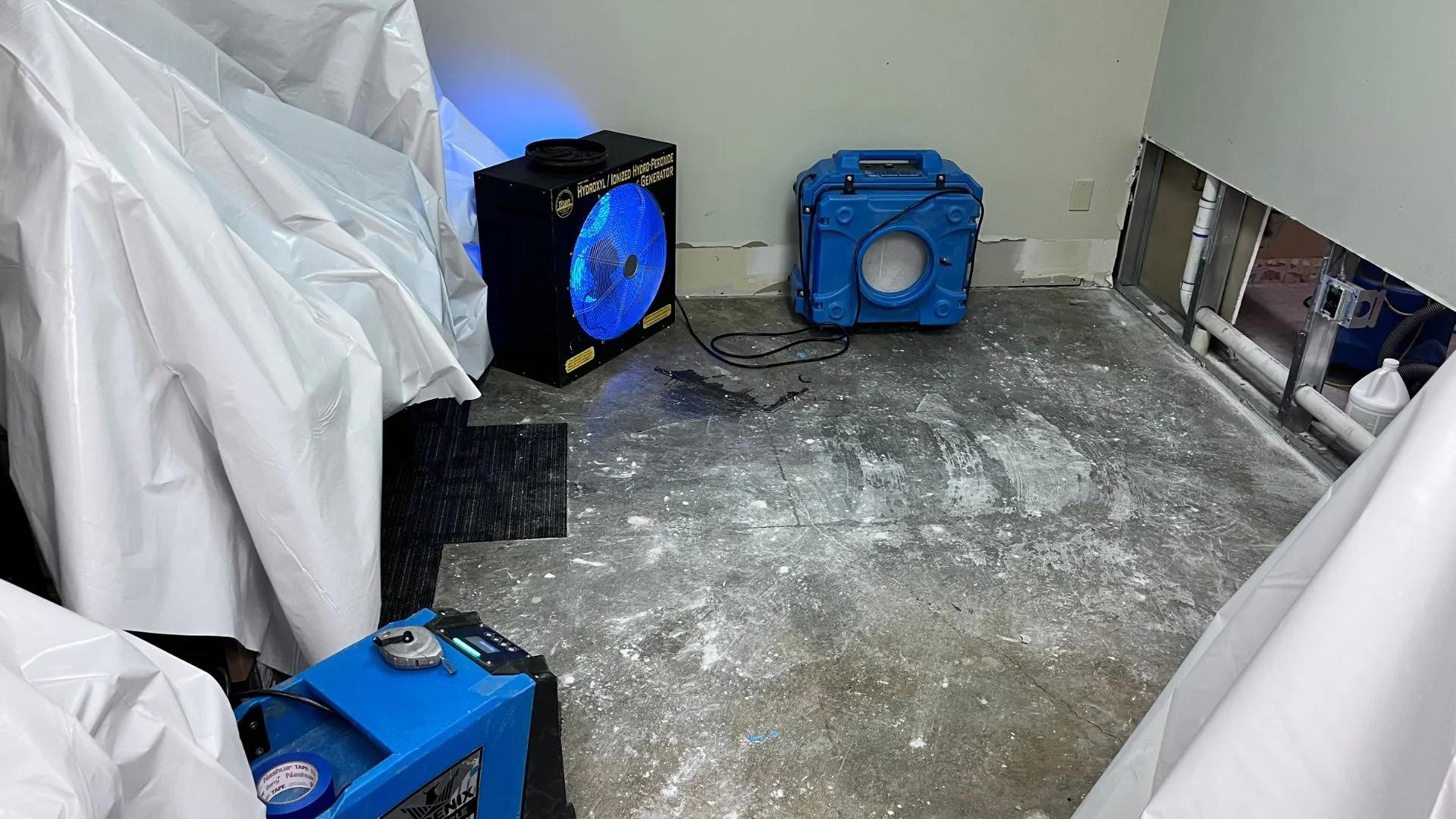Understanding Health Hazards Related to Delayed Water Damage Restoration St George UT
Necessary Actions to Follow for Effective Water Damages Repair in Your Home
When confronted with water damages in your home, recognizing the vital steps for efficient remediation can make all the distinction. You need to assess the damages and warranty security prior to tackling the issue. Stopping the resource of water is necessary, but it's simply the start. As soon as you've taken care of that, there's a series of actions you should require to shield your home from more problems. Let's explore what you ought to do following.
Evaluate the Damage
The very first action is to evaluate the damage extensively when you discover water damage in your home. Begin by determining the resource of the water invasion. Inspect for leaks, ruptured pipes, or various other problems triggering the trouble. Next off, check out the impacted locations for noticeable indicators of damages, including mold, warping, or discoloration growth. Don't forget to search in concealed places like behind walls or under flooring, as water can seep right into these locations unnoticed.Document the damages by taking clear images and notes. When reviewing the situation with your insurance coverage provider or reconstruction experts, this will certainly assist you. Take note of the sort of products affected, as different products need various restoration strategies. Assess the degree of the damage. Is it small or considerable? Recognizing the extent will guide you in making a decision whether to manage it on your own or call the professionals for a much more comprehensive remediation procedure.

Ensure Safety and security
Before you start any type of reconstruction job, ensuring your safety and security is important. Initially, evaluate the problem of your home. If the water's deep or if you notice electrical hazards, do not enter the location. Transform off the power and gas supply to stop mishaps. Put on protective gear like handwear covers, masks, and boots to shield on your own from pollutants or mold.It's crucial to stay conscious of your surroundings; watch for unsafe surfaces and sharp items. Treat it as unsafe waste if the water is from a sewer back-up. Maintain pets and children away from affected areas to prevent exposure.Once you've taken these preventative measures, you can wage the remediation process. Keep in mind, your security comes initially, and if you're ever not sure, it's ideal to get in touch with a specialist. Taking these steps will aid ensure you're all set to deal with the reconstruction securely and successfully.
Quit the Resource of Water
After ensuring your safety, the next action is to stop the source of water. Determine where the leak is coming from. Maybe a burst pipeline, a defective appliance, and even hefty rainwater entering with a damaged roof. If it's a plumbing problem, switch off the main water to your home to avoid further flooding. For appliances, unplug them and turn off their supply of water valves.If the source is outdoors, like rain, attempt to divert it away from your home making use of sandbags or other obstacles. For small leaks, you could be able to make use of tape or a sealant momentarily till a specialist can repair it. Bear in mind, dealing with the source promptly is necessary to minimizing damages and avoiding mold and mildew development. When you have actually quit the water, you'll remain in a far better setting to move on to the next steps in the restoration procedure.

Remove Excess Water
Act rapidly to remove excess water, as standing water can result in a lot more substantial damages and mold development. First, gather your devices: a wet/dry vacuum, buckets, and towels. If the water is shallow, you can use towels to take in the moisture. For deeper water, a wet/dry vacuum is your best choice. Make certain to empty the vacuum often to prevent overflow.If the water is contaminated, like from a sewer backup, wear protective gear, consisting of gloves and masks, to keep yourself safe. Once you've eliminated as much water as possible, check for hidden pockets of dampness in edges and under furnishings, as these can harbor mold.Don' t neglect to switch off electrical devices and power electrical outlets in damp areas to stop threats. This preliminary step is vital in minimizing damage and establishing the phase for a successful reconstruction process.
Dry and Dehumidify the Area
As soon as you have actually removed the excess water, it's necessary to dry and evaporate the area extensively. Beginning by utilizing dehumidifiers properly to pull moisture out of the air and stop mold growth. Watch on moisture levels to guarantee the area dries out totally.
Remove Standing Water
To efficiently take on water damage, you require to concentrate on eliminating standing water as promptly as possible. Beginning by gathering necessary devices, like a wet/dry vacuum or a pump, depending upon the quantity of water. If the water is shallow, a vacuum cleaner should do the technique. For bigger quantities, a pump is more reliable. While working, make certain to use safety equipment to keep on your own safe from pollutants. As you remove the water, focus on hidden locations like under furnishings or in edges where water could gather. Your room will certainly start to dry out when you have actually eliminated the majority. This step is important, as remaining water check here can lead to mold growth and much more extensive damages.
Usage Dehumidifiers Effectively
Exactly how can you properly make use of dehumidifiers to completely dry and dehumidify your space? Begin by positioning your dehumidifier in one of the most damaged area, ideally where water damages is most severe. See to it to close all doors and windows to develop a closed atmosphere. Transform on the dehumidifier and established it to the appropriate humidity level, typically around 30-50%. Empty the water collection storage tank frequently, or think about utilizing a model with a continuous water drainage option for ease. When possible, use followers to enhance air movement, assisting the dehumidifier work a lot more efficiently. Keep the dehumidifier running until you're certain that the location is completely dried, stopping mold growth and extra damages (Water Damage Cleanup). This action is important for reliable water damages restoration
Monitor Moisture Levels
Monitoring humidity levels is important throughout the drying out procedure, as it assists guarantee your area remains without excess moisture. Purchase a trusted hygrometer to track moisture accurately. Preferably, you intend to keep levels in between 30% and 50%. If humidity analyses rise over this range, you might require to adjust your dehumidifiers or fans to enhance airflow. Check the readings routinely, especially in locations prone to dampness, like basements or shower rooms. Take into consideration enhancing ventilation or utilizing additional dehumidifiers if you see persistent high humidity. Remaining on top of these degrees not only speeds up the drying procedure however additionally prevents mold growth, guaranteeing your home stays comfy and secure.
Tidy and Disinfect Affected Surfaces

Recover and Fix Your Home
After cleaning and sanitizing the impacted locations, it's time to recover and repair your home. Begin by assessing the damage. Examine for structural issues, like deteriorated walls or floorings, and deal with any kind of required repair work. Changing damaged drywall or flooring is crucial for both aesthetic appeals and safety.If your furnishings or items were influenced, take into consideration whether they can be restored or need substitute. Clean or expertly recover products where possible.Next, touch and repaint walls up any areas that need focus. This not just improves appearance yet additionally secures surfaces from future water damage.Don' t forget to inspect your pipes and home appliances for leaks, making certain whatever's operating effectively. Think about installing a dehumidifier to prevent future moisture concerns. By taking these steps, you'll restore your home to its previous splendor and develop a safer living environment.
Often Asked Inquiries
How Lengthy Does Water Damages Reconstruction Commonly Take?
Water damages remediation commonly takes anywhere from a couple of days to a number of weeks, depending upon the extent of the damage (Smoke Damage Restoration). You'll desire to analyze the circumstance swiftly to lessen further complications and assure appropriate reconstruction
Will My Insurance Coverage Cover Water Damage Remediation Costs?
Your insurance policy could cover water damage repair expenses, but it depends on your plan. Check your protection information and call your insurance representative to clarify what's consisted of and what you need to sue.
Can I Manage Water Damage Remediation Myself?
You can manage water damages repair on your own, but it's crucial to examine the circumstance initially. You might desire to call specialists if it's substantial. Always prioritize safety and security and ensure you've got the right tools.
What Are the Signs of Hidden Water Damage?
You could notice signs of concealed water damages like deformed walls, mildewy smells, or staining. If your floors feel mushy or you spot mold and mildew, it's time to examine even more prior to the situation aggravates.
Just How Can I Avoid Future Water Damages in My Home?
To stop future water damage in your home, you should consistently evaluate pipes, seal fractures, keep rain gutters, and warranty appropriate water drainage. Setting up a sump pump and wetness obstacles can also aid keep your area dry. When you uncover water damage in your home, the first step is to evaluate the damages completely. Act swiftly to get rid of excess water, as standing water can lead to a lot more comprehensive damage and mold and mildew development. To effectively deal with water damages, you need to concentrate on eliminating standing water as rapidly as feasible. As you remove the water, pay attention to concealed areas like under furniture or in corners where water might collect. Water damages repair typically takes anywhere from a couple of days to several weeks, depending on the level of the damage.